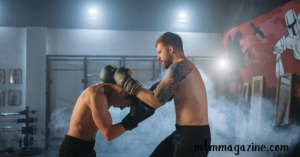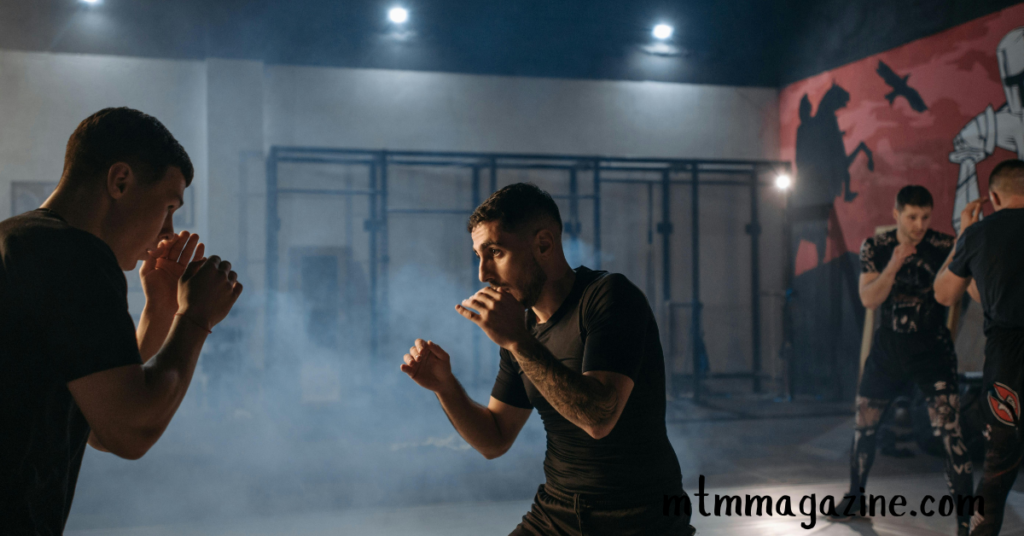Brazilian Jiu-Jitsu (BJJ) is an art of technique, leverage, and strategy. Unlike many sports, it emphasizes skill over raw strength, making it an empowering discipline for people of all shapes and sizes. One inspiring figure in the BJJ community is Faigy Skaist, who has not only excelled in the sport but has also become a mentor to many. In this article, we’ll explore Faigy Skaist’s top training tips for new BJJ practitioners, covering key aspects like mindset, technique, and consistency to help newcomers navigate the initial stages of their BJJ journey.
Start with the Right Mindset
For Faigy Skaist, mindset is foundational in Brazilian Jiu-Jitsu. The journey in BJJ can be challenging, both physically and mentally, and it’s easy for beginners to feel overwhelmed. Skaist emphasizes the importance of approaching training with an open mind, a willingness to learn, and a positive attitude. New practitioners should remind themselves that learning BJJ is a gradual process and that progress may be slow at first.
Many beginners make the mistake of focusing solely on winning during practice rather than on improving their skills. Skaist advises beginners to focus on small victories, like mastering a new move or improving a technique, rather than comparing themselves to more advanced practitioners. Cultivating a growth mindset will help new practitioners embrace the learning process and build resilience as they advance in the sport.
Prioritize Technique Over Strength
One of the most common misconceptions in BJJ is that strength is more important than technique. While strength can be helpful, Faigy Skaist emphasizes that proper technique is what truly makes a successful practitioner. BJJ is known for allowing smaller or weaker individuals to defend themselves against larger opponents by using leverage and skill rather than brute force.
Skaist suggests focusing on basic techniques, like joint locks, holds, and escapes, and practicing them until they become second nature. By understanding the mechanics behind each move, beginners can apply techniques effectively without relying solely on strength. This approach not only reduces the risk of injury but also helps in building a solid foundation that will serve practitioners well as they advance in the sport.
Consistency is Key
Faigy Skaist often highlights the importance of consistency in BJJ training. Like any skill, improvement in BJJ requires regular practice and dedication. Beginners may feel frustrated with slow progress, but Skaist reminds her students that consistency will yield results over time. She encourages new practitioners to set realistic training goals, such as attending class two to three times a week, and to gradually increase their commitment as they become more comfortable.

Consistency also helps build muscle memory, making it easier to perform techniques instinctively. Faigy Skaist recommends beginners keep a training journal to track their progress, noting areas of improvement and specific techniques they’ve learned. This practice can help new practitioners stay motivated and committed to their goals.
Embrace Sparring as a Learning Tool
Sparring, also known as “rolling,” is an essential part of BJJ training where practitioners apply techniques in a live, simulated combat scenario. For new practitioners, sparring can be intimidating, especially when rolling with more experienced partners. Faigy Skaist encourages beginners to view sparring as a learning tool rather than a competition.
During sparring, Skaist advises beginners to focus on controlling their movements, staying calm, and applying techniques learned in class. She reminds them that it’s okay to make mistakes or get “tapped out” (submitted) because each experience provides valuable learning opportunities. By approaching sparring with a humble and open mindset, new practitioners can gain practical insights, understand their weaknesses, and improve faster.
Listen to Your Body and Avoid Overtraining
Brazilian Jiu-Jitsu is physically demanding, and it’s common for beginners to overexert themselves in an effort to keep up with more experienced practitioners. Faigy Skaist stresses the importance of listening to your body and avoiding overtraining, which can lead to burnout or injury. Beginners often push themselves too hard, neglecting rest and recovery, which can hinder long-term progress.
Skaist suggests incorporating rest days and cross-training exercises like yoga or strength training to build flexibility and resilience. She emphasizes that rest is a crucial part of growth in BJJ, allowing the body to recover and come back stronger. By balancing training with adequate rest, beginners can sustain their progress without risking injury.
Build a Supportive Community
One of the things Faigy Skaist values most about BJJ is its sense of community. She encourages new practitioners to seek out a supportive training environment where they can connect with other practitioners, share experiences, and grow together. BJJ is not just an individual sport; it thrives on mutual respect, teamwork, and shared goals.
By building connections with training partners and instructors, beginners can gain valuable insights and encouragement. Skaist reminds newcomers that the BJJ community is a valuable resource, full of experienced practitioners who are often willing to help guide others on their journey. Embracing this sense of community can enhance the learning experience, making training more enjoyable and motivating.
Conclusion
Faigy Skaist’s training tips for new BJJ practitioners offer a balanced approach to the sport, emphasizing mindset, technique, consistency, and community. Her advice highlights that BJJ is more than just a physical challenge—it’s a journey of growth, resilience, and self-discovery. By following Skaist’s guidance, beginners can approach their BJJ training with patience and passion, making steady progress and finding fulfillment in every small victory.
Brazilian Jiu-Jitsu may be challenging, but as Faigy Skaist’s journey demonstrates, it’s a path worth pursuing. With dedication and the right mindset, new practitioners can not only improve their skills but also develop a deeper appreciation for the art and the supportive community that comes with it.



